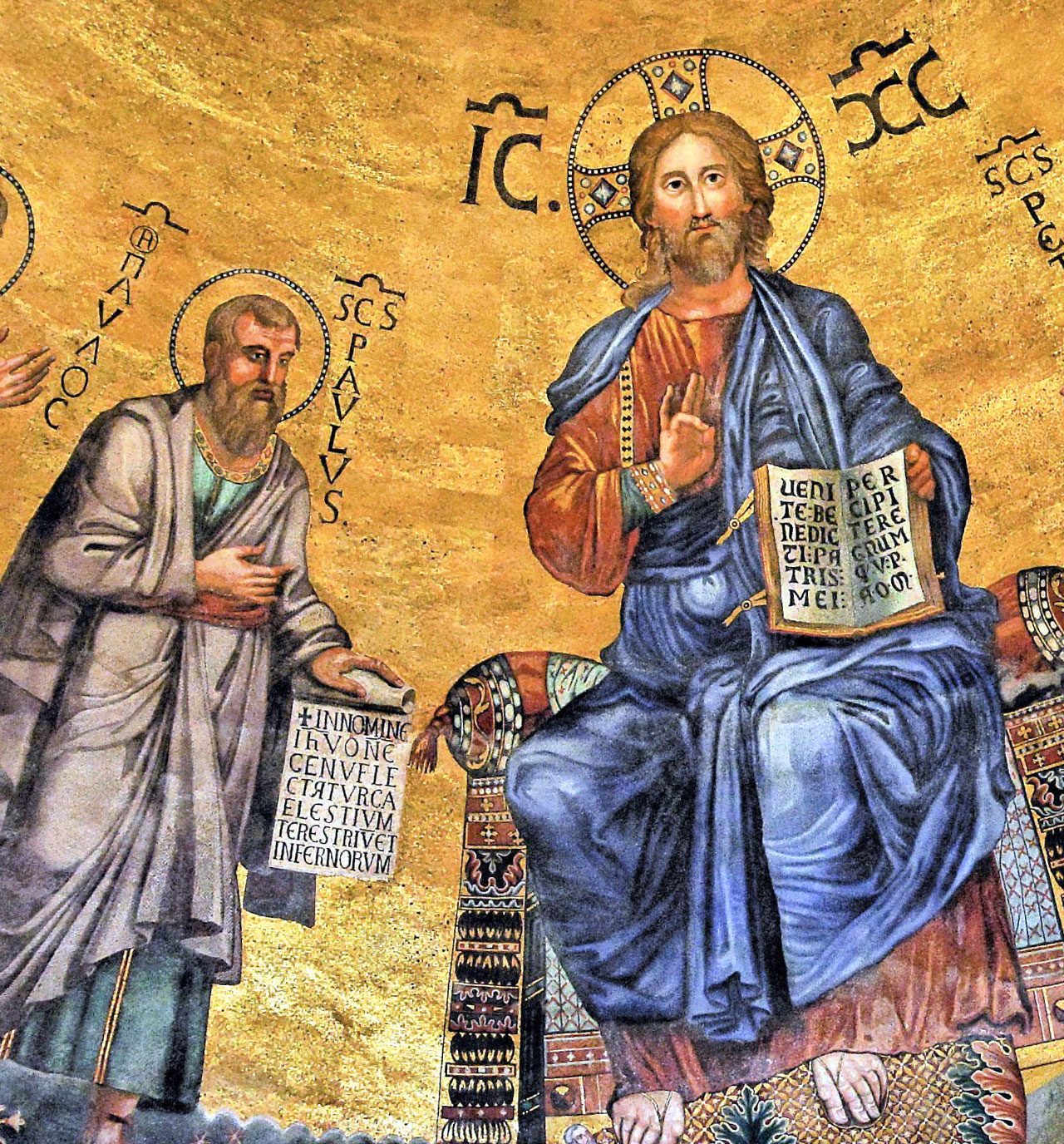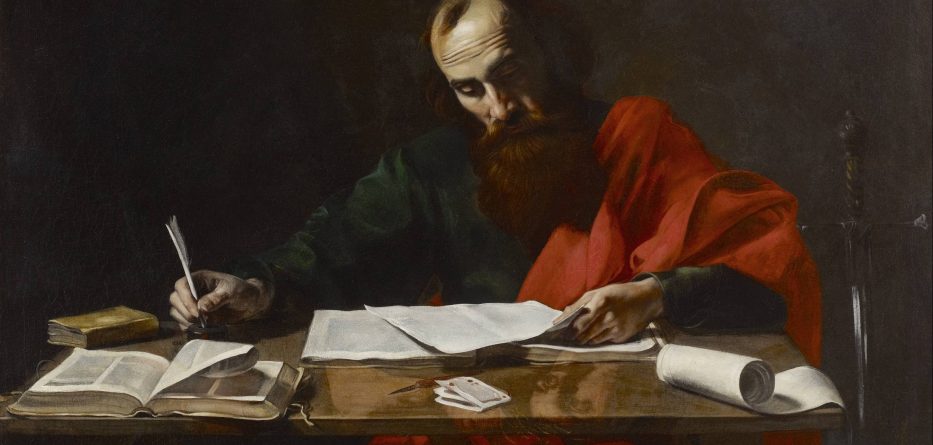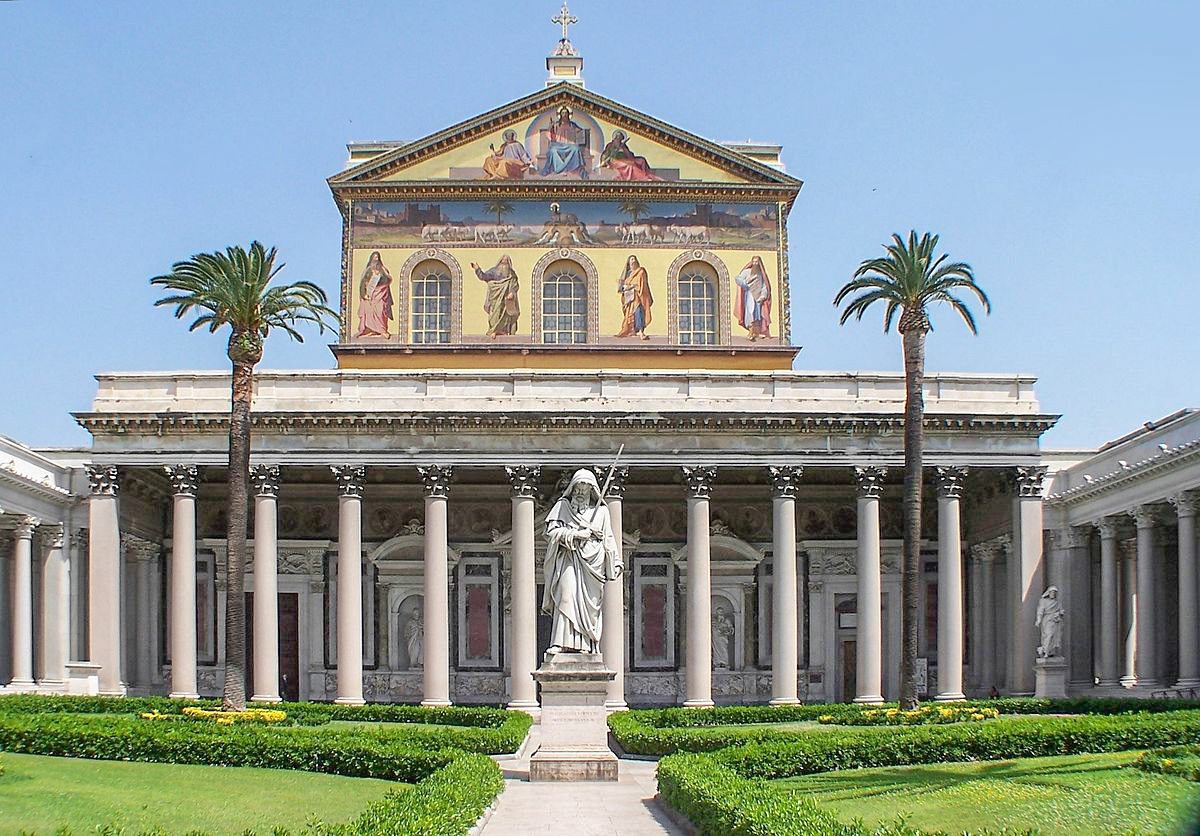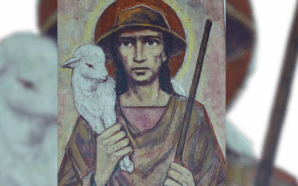Name: St Paul the Apostle
Feast Day: June 29
Death: Beheaded, Rome. Perhaps on the same day as St Peter, ~64 – 68 AD.
Patronage: Writers, Missions, Theologians, Soldiers, Gentile Christians, many places.
Shrine: Papal Basilica of St Paul, Outside the Walls, Rome.
Scripture and Life Story:
St Paul was Jewish (Phil 3:5) and a Roman citizen by descent (Acts 22:28).
He persecuted the early Christians and was present at the stoning of St Stephen. (Acts 7:58)
St Paul had a profound conversion on the road to Damascus, where Christ appeared to him and rebuked him. (Acts 9:1-19)
St Paul changed his life and was accepted as an Apostle. (Gal 2:9) He, with the other Apostles, was a Bishop.
His writings are an important part of the New Testament.
He travelled widely, establishing and supporting new communities of Christians in four main missionary journeys.
St Paul was a fearless preacher and paid for his Faith with his life.
St Paul was finally captured by x, taken to Rome and executed by beheading.
The most common tradition is that this occurred on the same day and year as St Peter.

Mosaic of St Paul and the Christ in the Papal Basilica of St Paul’s Outside the Walls. Image: Wikimedia Commons
Church Fathers:
St Clement of Rome wrote St Paul was “seven times thrown into captivity, compelled to flee, and stoned” before he was finally executed under Nero.
The Church Fathers wrote extensively about St Paul, who influenced them greatly in person and with his theology.
With thanks to Rev Dr Paul Stenhouse MSC, Whatever happened to the twelve apostles? (2006, Chevalier Press)









